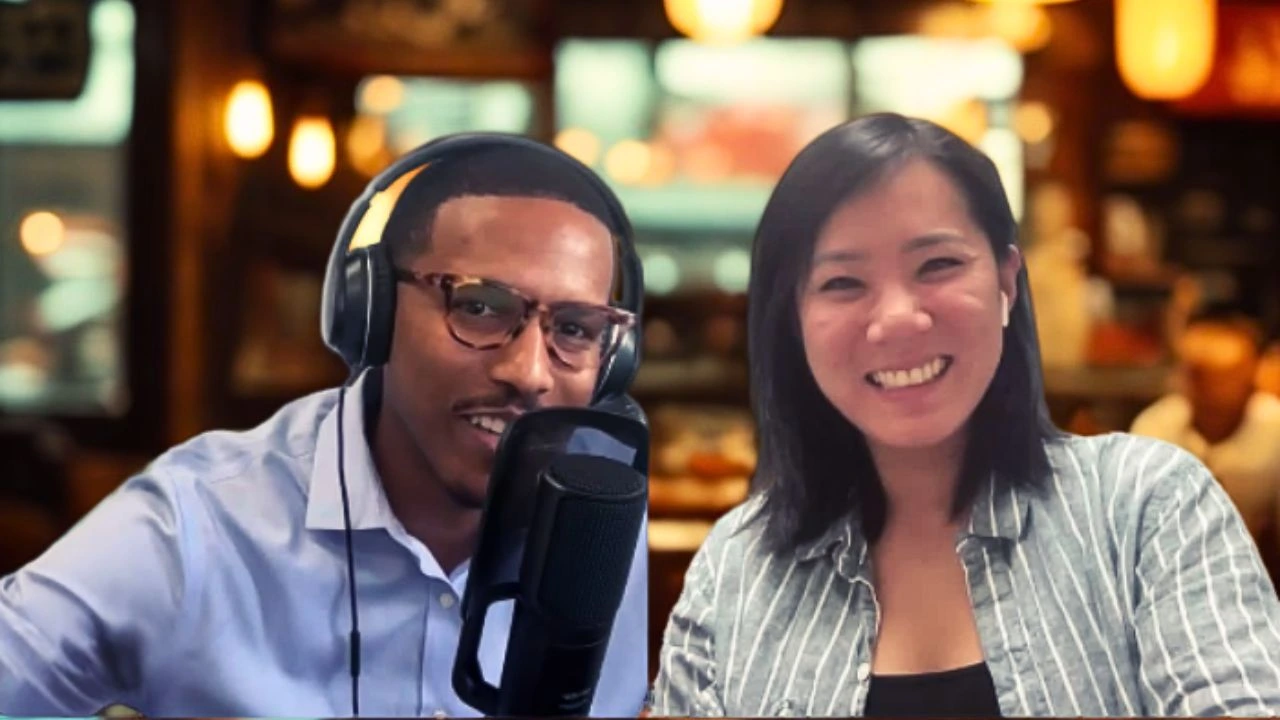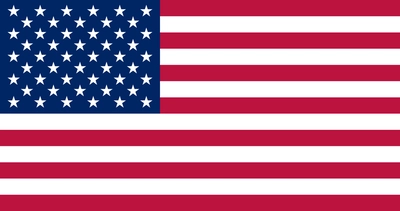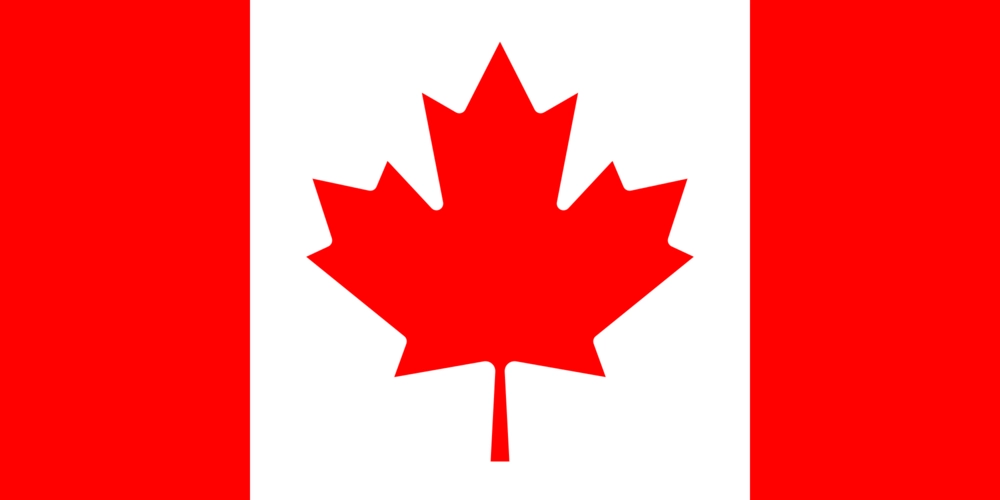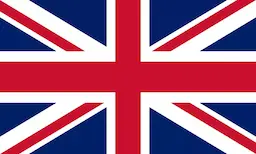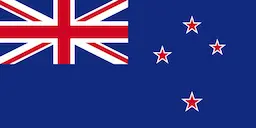Restaurant success depends on mastering key financial ratios, with Hanoi House owner Susan Tung sharing that proper cost management is the foundation for longevity in the competitive food service industry.
- Rent control: Keep rent expenses below 11% of your net sales to maintain healthy restaurant profit margins
- Prime cost management: Ensure labor and food costs combined stay well under 65% of revenue
- Weekly tracking: Monitor financial performance weekly rather than waiting for monthly reports when it’s too late to correct issues
Running a successful restaurant isn’t just about creating amazing food—it’s about understanding the dollars and cents that keep your doors open! On a recent episode of “Restaurant Talk” from Save Fry Oil, host Chef Way (Waymond Wesley II) sat down with special guest Susan Tung, owner of the successful Hanoi House restaurant in Peterborough, Ontario. Susan shared some game-changing financial wisdom that could save your restaurant from becoming another industry statistic!
Commercial Restaurant Overhead Costs: The Rent Rule You Can’t Ignore
“Your rent needs to fall under 11% of the net sales, based on your projected sales,” Susan explains, calling this the “very first step” in restaurant financial planning.
Think about it this way: If your monthly rent is $5,000, your restaurant needs to bring in about $45,500 in monthly sales just to keep your rent percentage healthy. Susan has seen too many passionate food lovers signing leases that eat up “as high as 30-35%” of their income!
“I’ve watched so many restaurants close because they didn’t understand this simple rule,” Susan shares. “They loved making food but had no clue about restaurant profit calculations.”
With today’s rising commercial property costs, understanding your restaurant space requirements and doing the math before signing that lease could be the difference between success and struggle.
Restaurant Cost Management: Tackling Prime Costs Like a Pro
Your “prime costs” (the combined expenses of labor and food) need serious attention too.
“The next thing is you gotta track your prime costs,” Susan advises. “Your labor and your cost of goods combined… ensuring that stays well below, you know, 65%.”
Restaurant industry benchmarks show this is right on the money. After your rent (under 11%) and prime costs (under 65%), the remaining 24% needs to cover utilities, marketing, and—hopefully—actual profit!
Smart restaurant inventory management and carefully planned staff scheduling can keep these numbers in check. Consider:
- Creating precise recipes with portion costs calculated
- Implementing inventory tracking systems
- Cross-training staff for efficiency
- Using sales forecasting to plan labor needs
Want to hear more stories and advice from the restaurant world? Don’t miss the full episode of “Restaurant Talk” – where we get real about what it takes to succeed in the food service industry!
Commercial Kitchen Cost Management: Tackling Prime Costs Like a Pro
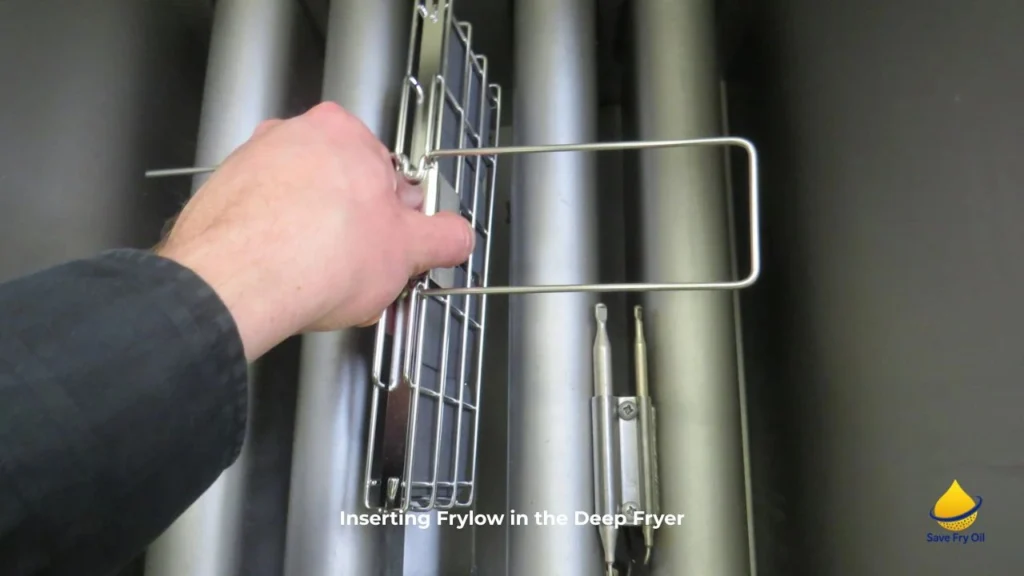
Your “prime costs” (the combined expenses of labor and food) need serious attention too.
“The next thing is you gotta track your prime costs,” Susan advises. “Your labor and your cost of goods combined… ensuring that stays well below, you know, 65%.”
Cost Optimization Tip: Don’t forget your oil spend. By adding Frylow’s electron‑charging ceramic tiles to your existing oil filtration system, you can extend oil life by up to 50%, reduce oil absorption in every batch, and shave several points off your COGS—helping you hit that sub‑65% prime‑cost target even faster.
Restaurant industry benchmarks show this is right on the money. After your rent (under 11%) and prime costs (under 65%), the remaining 24% needs to cover utilities, marketing, and hopefully, actual profit!
Financial Analysis: Track Numbers or Fail Fast
Susan’s biggest regret? Not watching her numbers closely enough when first opening.
“I was so excited about marketing and growing the business that I wasn’t focused on my numbers,” she admits. “That was a huge mistake.”
Waiting for monthly Profit and Loss (P&L) statements means getting crucial data way too late. “If you’re getting January’s numbers in March, it’s already too late to fix problems,” Susan warns.
Chef Way agrees completely. From his experience with bank underwriting, he knows that financial projections aren’t just paperwork—they’re survival tools. As he puts it, “The bank needs to see we understand the business side, not just the creative cooking part.”
Best Practices for Commercial Restaurant Financial Health
The restaurant industry failure rate isn’t a myth—it’s why professional restaurant accounting practices matter from day one:
- Set up weekly financial check-ins, not just monthly reviews
- Use restaurant management software that gives real-time data
- Understand your break-even point (when Susan’s friend told Chef Way his restaurant needs to make $1.6 million annually or close)
- Create a cash flow forecast that accounts for seasonal changes
- Build relationships with multiple suppliers to manage food cost volatility
Remember Susan’s golden rule: “My biggest advice for anyone opening a restaurant is know your numbers. Period.”
Want to hear more stories and advice from the restaurant world? Don’t miss the full episode of “Restaurant Talk” – where we get real about what it takes to succeed in the food service industry!
Optimize Your Oil Costs
Smart restaurateurs track every expense line. With Frylow, you’ll reduce oil absorption, extend oil life, and cut your monthly oil‑change frequency in half, so your food‑cost % stays lean and your prime‑cost ratio keeps you profitable.
By following these restaurant financial tips from someone who’s weathered the industry storms, you’ll be building your culinary dreams on a foundation that can actually support them!
Ready to cut oil costs and boost consistency?
Request your free Frylow cost savings and see how much you can save with no risk trial, just results.
FAQ
In what way does Frylow boost the lifespan of frying oil?
Frylow’s UV‑reflective ceramic tiles restore lost electrons in your oil to slow oxidation. Less‑oxidized oil stays lighter, transfers heat more efficiently, resists breakdown, and can last up to 50% longer.
With Frylow installed, how often should I replace my fryer oil?
Most kitchens see oil‑change frequency cut by about half. If you currently swap oil twice weekly, you can usually shift to once a week while still meeting health standards.
Can I use Frylow with my existing fryer setup?
Yes. Frylow simply sits in your fryer vat alongside your oil—no retrofits, extra plumbing, or moving parts needed. It works with virtually every commercial deep fryer.
When will I begin to see savings on my oil budget?
Operators typically notice lower oil costs within the first month. Most achieve full return on investment in six months or less as oil‑absorption and waste drop.
What maintenance does Frylow require?
There are no extra tasks. Continue your usual filtering and cleaning routine. The ceramic tiles never need replacing and include a 5‑year warranty.
